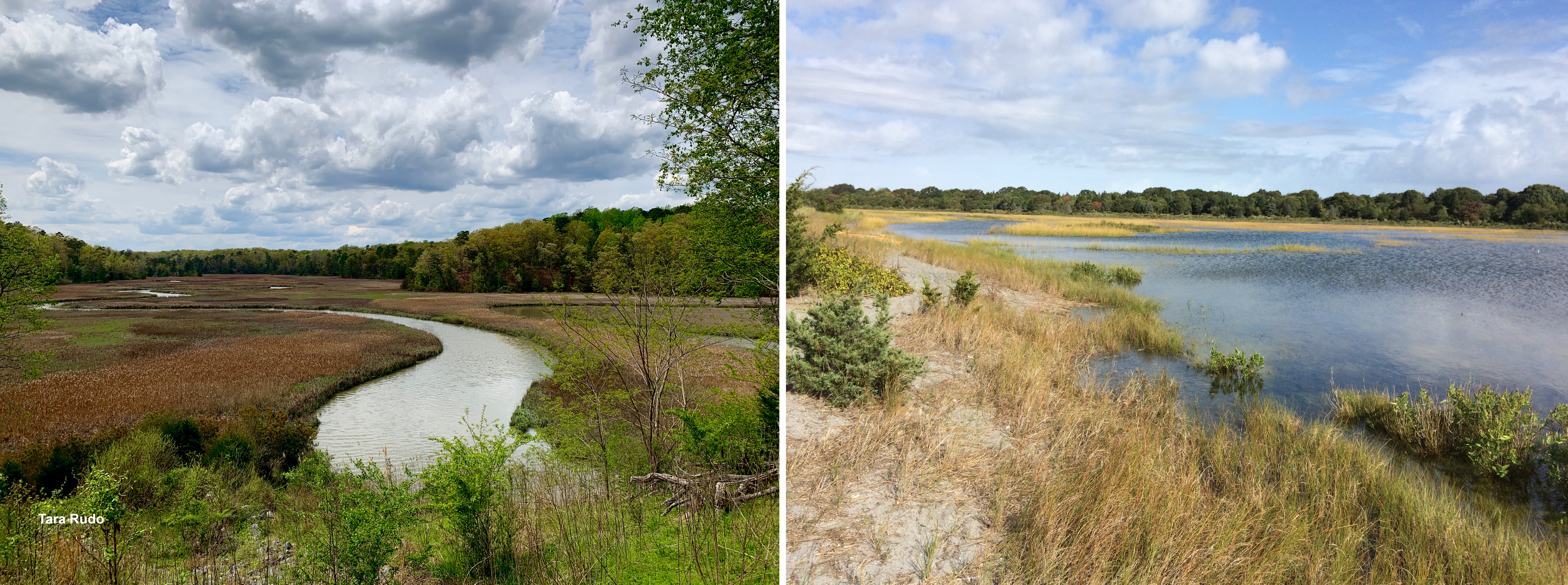Issue
A healthy tidal marsh has the ability to absorb excess water, protecting communities from flooding, maintaining cleaner water supplies, and providing important natural habitat for fish and wildlife. Unfortunately, marshlands face many threats, including development pressures and sea level rise. Deciding how to protect them requires the ability to compare marsh conditions across broad landscapes.
Process
A recent four-year study undertaken by NOAA’s partnership program, the National Estuarine Research Reserve System, ranks marsh resilience—the ability to persist in place or migrate to another location as sea levels rise. The researchers rated marsh resilience on a scale of one to 10, using 13 GIS-based metrics that included current marsh conditions, vulnerability to sea level rise, and adaptive capacity.
A team in New Hampshire used NOAA’s land cover data and locally relevant metrics to enhance the applicability of the study. Metrics included the presence of invasive species and number of landowners. This approach helped land managers narrow down the most suitable management options for each parcel. As a result, they could compare the feasibility and benefits of different strategies.
Impact
Based on the results, the study recommends management options and identifies undeveloped land in each region that could support healthy tidal marshes as they migrate landward. Communities can also use the information provided as a screening tool and a means of helping officials be more strategic in their decision-making. In fact, New Hampshire’s Great Bay National Estuarine Research Reserve incorporated this knowledge to improve their marsh management plan. See how your coastal community marshes rank by visiting the interactive NOAA webpage. (2024)

